Your cart is currently empty!
Tag: Agriculture
-
Chicken Love – Blink and It’s Over
Ten seconds. That’s usually all it takes. When there is no chase, knock off five seconds. But the rooster doesn’t get the hen every time. Sometimes she out runs him. Sometimes another rooster steps in the way. Sometimes another rooster will knock him off the hen. Sometimes another hen will chase him off. It is what it is.What do hens say about human love? That it takes forever? That they’re stuck with the same man over and over again? That there’s no variety?
-
Beauty is Everywhere – Do Chickens See Beauty?
Beauty is everywhere. When the chickens make their rounds, do they see beauty? When they walk over fallen cherry petals, do they just see good things to eat, or do they think it’s pretty? When they walk by moss covered rocks, do they just check to see if there is something to eat on the moss, or do they pause and enjoy the lush green?
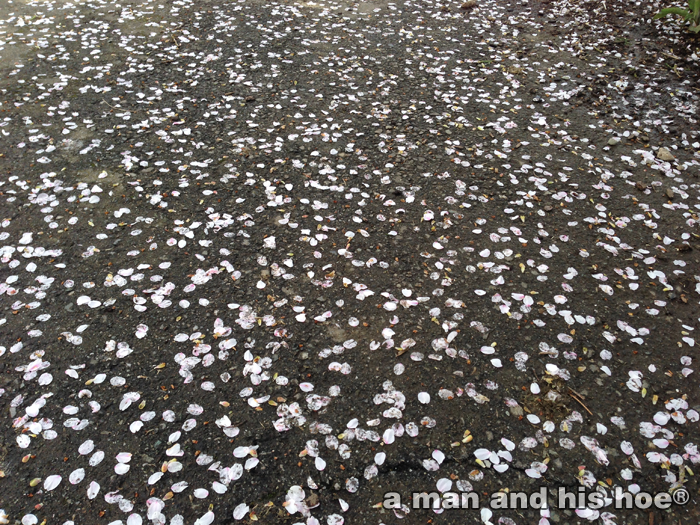

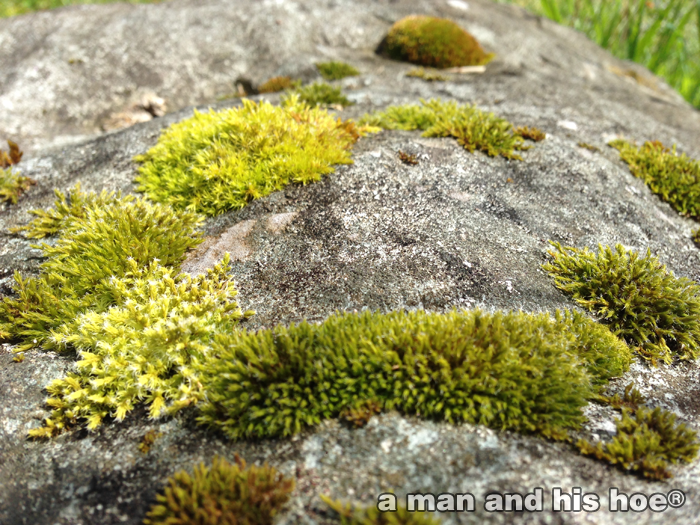
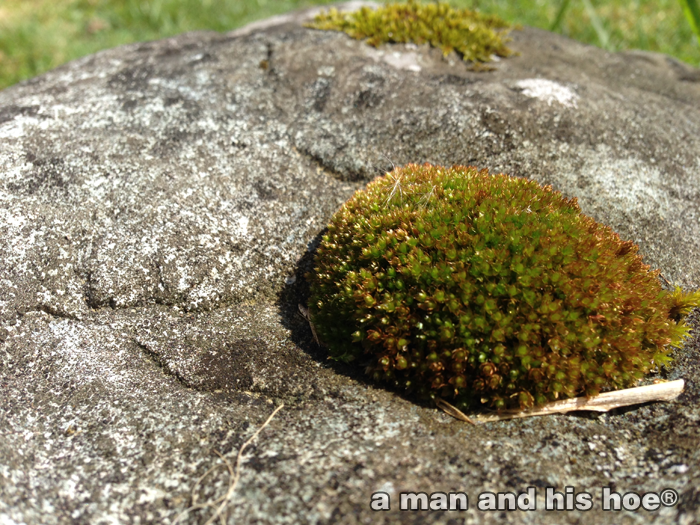
I’ll never forget the day I ran into Madeleine taking a walk in the woods. She was the first hen I had who hatched and raised a clutch. A day or two after she was done rearing her brood, she was strolling down a path through the woods.
I watched her for some time. She seemed to be more than just looking for good things to eat. She seemed to be taking a much needed rest from having spent twenty four hours a day for over a month rearing nine chicks. It was like she was out enjoying being alone for the first time in a long time.
That was back in 2010. Madeleine is no longer living. But I’ll never forget her. Watching her care for her chicks convinced me that every chick deserves a mother.

-
Living Green
Just so you realize that a man and his hoe® is about more than just mother raised chicken and eggs, here are some pictures of some crops which are growing now. What you see here are shallots, raspberries, plums in bloom, onion, garlic, and arugula. Though chickens do a thorough job clearing out pests, they can destroy vegetable beds in no time. Often, they aren’t going after the vegetables. They usually destroy vegetable beds by tearing them apart in their search for earthworms and bugs.
A terrific byproduct of vegetable and fruit production is mountains of compostable material. Every two to three months I start a new compost pile and keep adding to it until it is time to start another pile. Chickens are great compost workers, and every time I need to stir or break down and rebuild a compost pile, they swarm in to help. They can’t get enough of all the good worms and bugs they find in the pile. Their litter helps get the compost pile cooking, and when the pile is done, they do a great job breaking it down and spreading it over new vegetable beds.
The great thing about growing crops and raising chickens is that you see up close what nature is. It is always changing and constantly recycling everything. There is no waste in nature. Everything is something’s or somebody’s food. And while this frenetic activity is going on, there is so much beauty to see, it takes your breath away.
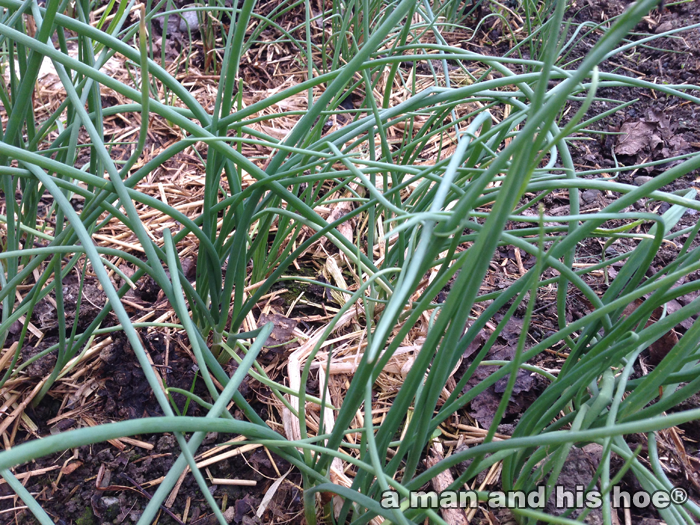
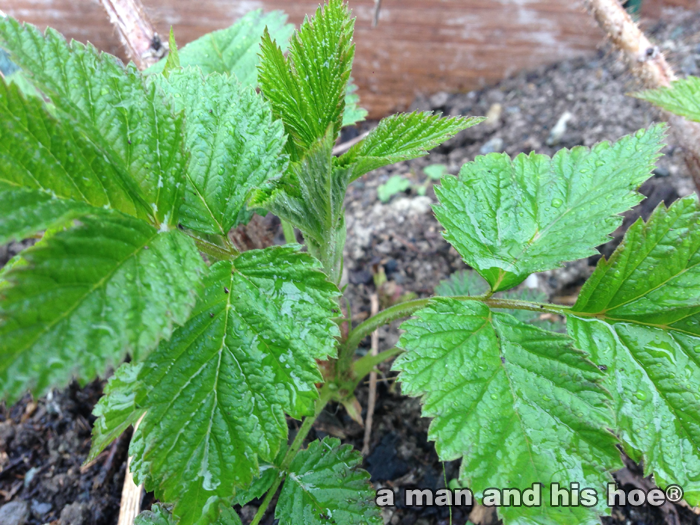

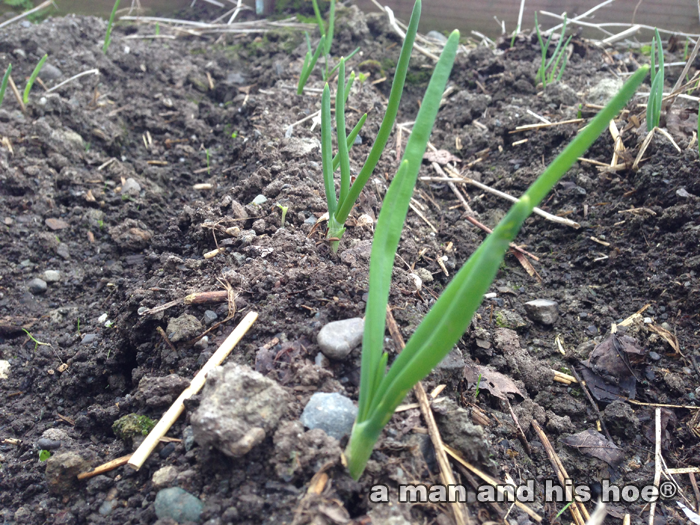
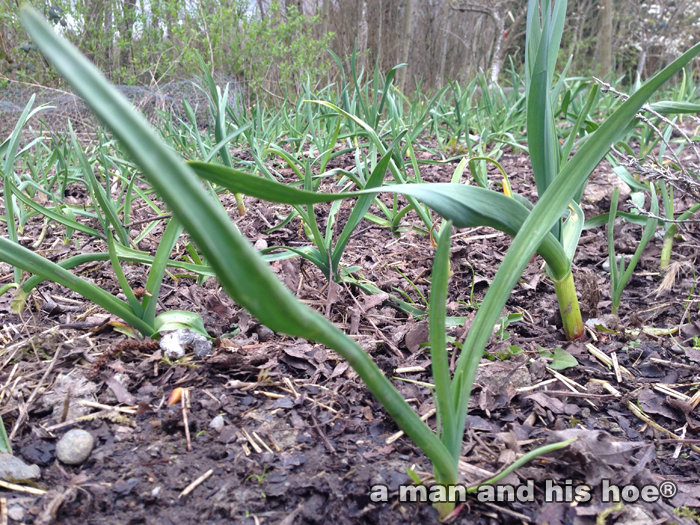

-
Queen Imelda
Queen Imelda cuts a regal pose as she spends part of the afternoon with Billy. Always calm and collected, she lays an impressive egg. Each chicken is unique. Each one has a distinct personality. Each one lays a slightly different egg. Each time they lay an egg it is slightly different.



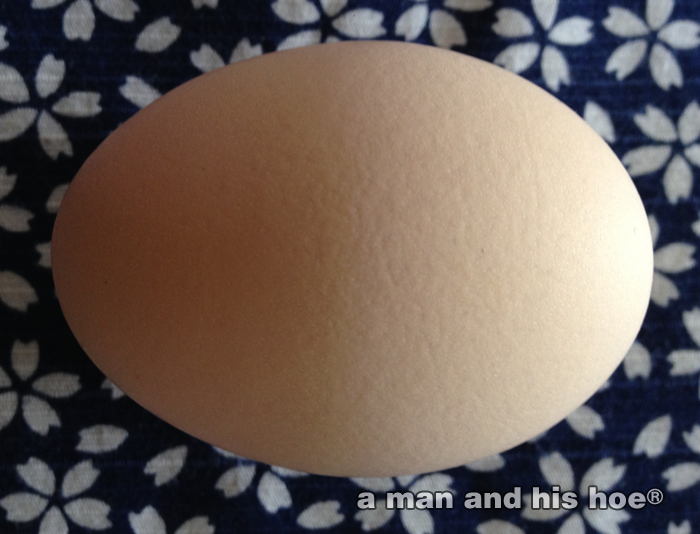


When you see the Certified Humane label on a carton of eggs, you may think that the hens which laid those eggs are running around on grass like Queen Imelda. Nothing could be farther from the truth. Certified Humane only requires hens to have 1 to 1.5 square feet per hen when laying hens are kept in laying houses. The requirement varies depending on whether the laying house has layers, perches, and roosts or not. You’ll find their space requirements on page 7 of Humane Farm Animal Care Animal Care Standards 2014 Standards for Egg Laying Hens.This means that in a 30 by 100 foot laying house, a farmer could keep from 2,000 to 3,000 hens and still meet the Certified Humane standards. What organizations like Certified Humane are trying to do is noble, but just because something has a label saying it was raised humanely, doesn’t mean that it meets your definition of what you consider to be humane treatment. Look behind the label and find out exactly what that means.
I asked Certified Humane whether they allowed de-beaking and this is what they emailed me:
De-beaking is prohibited by our program. Our laying hen standards allow beak trimming if it occurs before 10 days of age, and here is the reasoning behind that:
In flocks of cage-free laying hens larger than 120 birds, there is a tendency towards feather pecking and cannibalism. Feather pecking is a natural behavior for birds (actually the source of the term “pecking order”), whereas cannibalism occurs when the birds attack another bird until it is dead. Most of the food production flocks are much larger than 120 birds, unless they are being raised by a backyard farmer or hobbyist.
Beak trimming is performed on birds prior to 10 days of age. Our scientific committee developed this standard as a way to combat cannibalism in cage-free flocks while minimizing discomfort for the birds. There have been studies done which show that trimming just the tip of the beak at that age causes only momentary discomfort, with no long-term discomfort or ill effects. The birds are still able to use their beak in a full range of natural behaviors.In other words, they allow egg laying hens to be kept in flocks of such size and density, that the hens may cannibalize each other. So, in order to prevent this, they allow chicks up to 10 days old to have their beaks trimmed. In my view, a more humane method would be to research what maximum flock size and minimum housing density is required to keep cannibalization from happening in the first place. Of course, this would result in more expensive eggs, and so to keep the farmers happy and the consumers appeased with being able to purchase inexpensive eggs with “humanely raised” labels, the less expensive method has been approved.
I understand why Certified Humane has gone this way. At the same time, I feel you have a right to know what it is you are buying when you purchase eggs with their label on them.
-
Billy and the Plum Tree
Billy, the rooster who along with Madeleine, started my education into mother-raised chicken. He’s five years old and no longer the top rooster. But he’s settled into a quiet spot in the backyard where he spends much of the day. Numerous hens come and visit him so he’s a long way from not enjoying life. This week he’s devouring the plumb blossoms as they drift off the plum tree. Not a bad life for an old rooster.